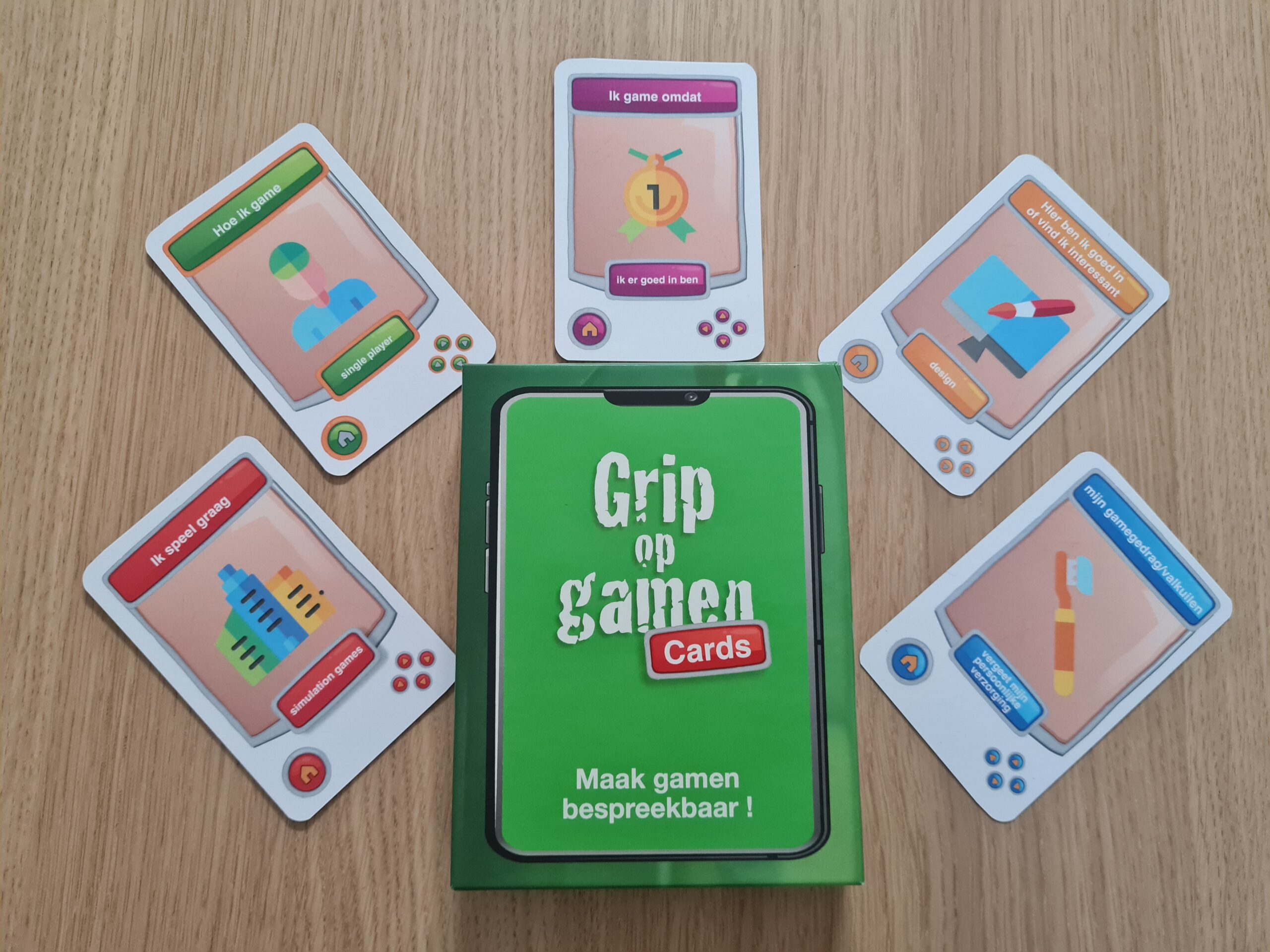Gaming
Nowadays, gaming has become an integral part of daily life. Is your child also constantly gaming or is there no longer a balance between gaming and their social life? It is important that gaming is a topic of discussion, but how do you ensure that it is discussable? If you would like more information about this, you have come to the right place with us.
Target audience
Children nowadays grow up with smartphones, tablets, and other digital devices within reach. Children often know exactly how the device works at a young age, but they do not see the dangers. For parents, it is often convenient when the child is quiet, so they can help another child, cook, or take a break themselves after a busy day. Not only children game, but also young adults and adults. However, it is important to keep gaming discussable from a young age and to know what the child is occupied with.
Gaming is often a part of life nowadays, but it is important to maintain a balance between gaming and social life. Additionally, gamers often use their own gaming terms, even in everyday life. As a parent, it is also nice to understand what the child is talking about.
- When is there an imbalance between gaming and social life?
- How can I make gaming discussable as a parent?
- When is gaming behaviour problematic (not addiction)?
- What is the cause of problematic gaming behaviour?
- noob
- pro
- bug
- easter egg
- clan
- clipping
- bunny hopping
- camping
- co-op
- cut scene
- DLC
- TDM
- FPS
- graphics
- framerate
- framedrop
- HUD
- LAG
- raid
- looting
- skeer

Method
To make gaming discussable, we use the method of ‘Grip on Gaming’. This is not about people who are addicted to gaming, as a different approach is needed for that. The ‘Grip on Gaming’ method focuses on reducing the (knowledge) gap between gamers and parents. Gaming also has positive aspects, but often only the negative aspects are seen. The skills needed for gaming can also be used in daily life. Therefore, it is important to discuss gaming, so that these skills can be utilized. A child is often left unsupervised when gaming, which means there is too little supervision of the dangers of gaming.
If you compare gaming to learning to ride a bike, there are several steps that you go through together. As a parent, you first teach the child to ride with training wheels, teaching them how to pedal, steer, and then break. Once this goes well, the training wheels come off. You then practice together to maintain balance while cycling. This process takes a lot of patience, falling and getting up again. Once this goes well, you cycle together on the street. The child learns the dangers and rules of the road. First in the neighbourhood and later, the area becomes increasingly larger. During this whole learning process, you are first with the child, and then you keep an eye on the child, as they do it alone. Until you as a parent have the confidence that everything is going well, and then you let the child go completely alone.
With gaming, the child is often released quite quickly. As a result, the child does not learn to game safely step by step and to assess the dangers. As a parent, you lose track of which games the child is playing, which dangers this entails, and what the child is seeing.

Guidance
It is often difficult to initiate a conversation about gaming. As a parent, you often have too little knowledge about gaming and as a gamer, you find it all standard. By using ‘Grip op Gamen Cards’, it becomes easier to have the conversation. The following five points are addressed in a visual way: What kind of games are played, how are the games played, what skills and interests does the gamer have, why does the gamer play, and lastly, whether there is a (dis)balance between gaming and social life.
Using these cards makes it easier to gain insight into the gamer’s gaming behaviour. It is important that the gamer is the one talking and sharing from their perspective. The guidance mainly asks questions to gain insight into gaming behaviour. Once a balance has been made of the gaming behaviour, action points can be drawn up. It is important that the gamer recognizes their behaviour. For the parent, it is important that the child is better understood.
Rates
The following rates apply per session of 60 minutes:
- At huntu pa e yu: 55 Cg per session.
- At a location in Banda Riba: 60.50 Cg per session.
- For sessions on Saturdays and evenings after 6:00 pm, a surcharge of 10% applies.
We do not charge any registration fees or annual fees. Do you want more information about our approach? Contact us for a free initial interview where we can identify your child’s needs and explain our unique way of working. Of course, this is without any obligation. Contact us using the contact form or WhatsApp.



